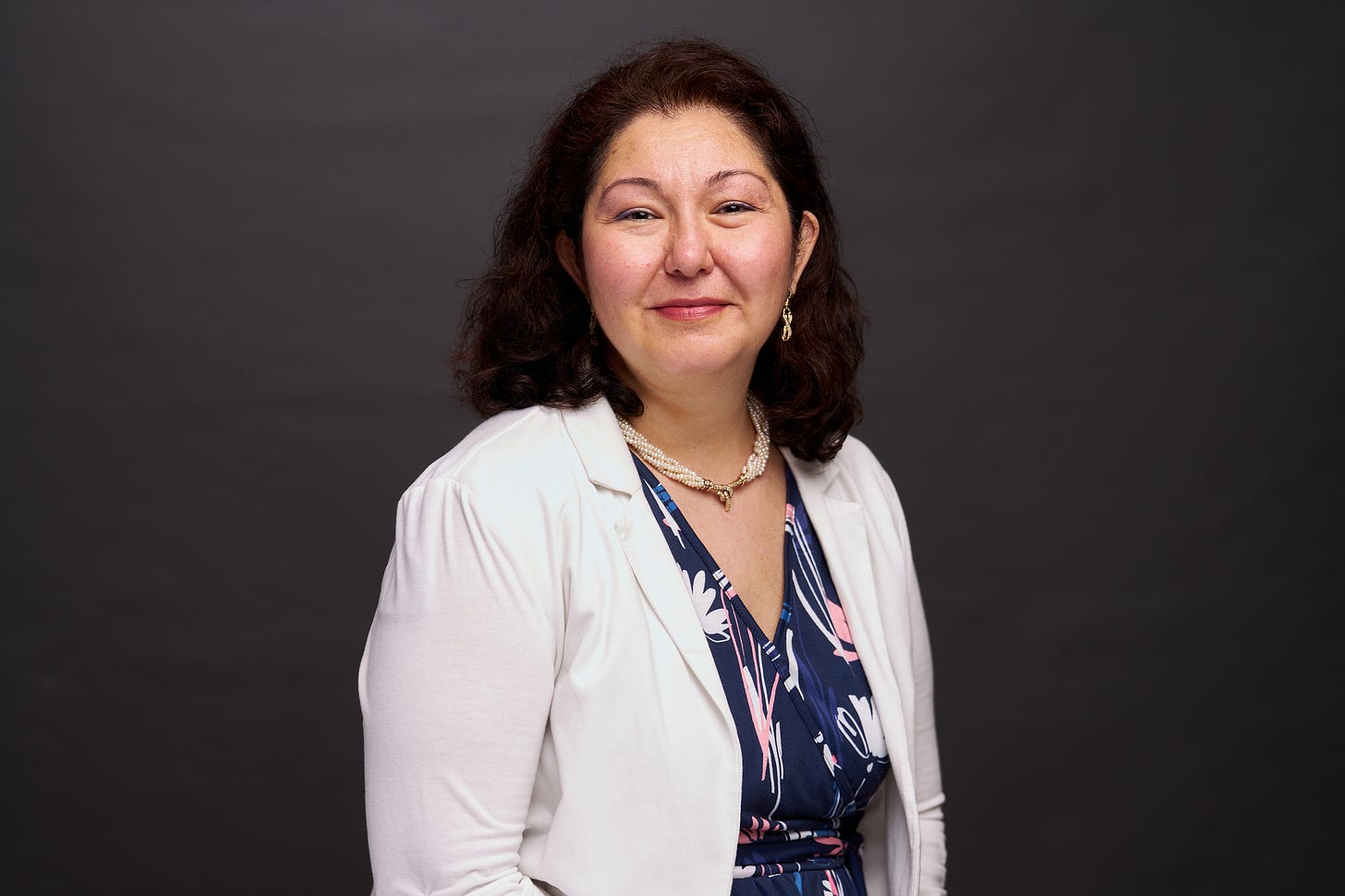Company leadership may be able to unlock unexpected breakthroughs, including faster progress, by inviting more employees into board meetings.
For close to a decade, Bipul Sinha, the CEO at the data management firm Rubrik, allowed every employee into the most-exclusive type of organizational gatherings, reported Lee Chong Ming at Business Insider.
"We let people sit on the ground if needed,” Sinha said. “People could ask questions... We've had situations where people actually asked hard questions in the middle of the board meeting."
This wasn’t a small amount of people either: close to 800 staff members attended, Sinha told Ming.
There may be severe doubts about the practicality, efficiency and effectiveness of such a decision yet one executive says the benefits are too strong to ignore the idea.
“It’s not only practical, it can be a powerful cultural accelerant,” says Ozge Saritosun Kurtoglu, founder at the boutique consulting company, Ascend Business Advisors.
“Letting all employees into board meetings democratizes insight, fosters ownership and signals deep trust.”
Kurtoglu, who has also served at GE Healthcare, Honeywell, Microsoft and PwC and has worked with boards and executive teams, says that organizations need what is offered by more minds in the most important meetings.
“In smaller companies where speed and alignment matter most, this creates shared context and purpose,” she says. “The most valuable byproduct: a workforce that sees strategy in motion and self-organizes to execute faster.”
Sinha gives credit to the decision to have all his employees in board meetings for clarity, connection and speed of company development.
"It is a direct result of this idea of transparency that really created alignment and velocity," he said. "Everybody knew where we are going and what needed to be done."

This approach ensures that employees receive information first hand, that less gets lost in translation and leadership reasoning behind the decision making is heard right from the source’s mouth, in real time.
“It removes layers of distortion,” says Kurtoglu. “When employees hear directly from leadership and board members, it builds trust and minimizes internal politics.
“Decisions no longer feel like top-down edicts. They’re part of a transparent journey and that clarity helps teams execute with confidence.”
The meetings, Sinha said, were his way of showing that there were "no sacred cows" and "no information control."
This can be difficult at times to promise and deliver.
“This only works if it's modeled consistently by leadership,” Kurtoglu asserts. “That means rewarding candor, encouraging dissent and admitting mistakes openly. To truly eliminate information control, leaders must be willing to be vulnerable and prioritize truth over optics. Culture follows the behavior of the most senior person in the room.”
At Rubrik, Sinha made sure to communicate that everyone not only could attend board meetings, they could communicate, boldly, with curiosity.
"Everybody can demand answers, and when people demand answers, then people also become very responsible, they take it very personally," he told Ming.
Kurtoglu believes him.
“Absolutely,” she says, explaining that, “When people are trusted with full visibility and invited to participate in big conversations, they rise to the occasion.”
That’s no surprise, Kurtoglu says.
“It’s human nature. We’re more accountable when we’re part of something, not just receiving orders. Visibility drives responsibility,” she states.
Brenton Thomas wrote Communication Intelligence from Kenya to contribute to this discussion and he talks about how his experience changed how he viewed the organizations for which he used to work.
“I worked with a mid-sized tech company. One day, the CEO decided to let a few of us sit in on board meetings — not to speak, just to listen,” he said.
“At first, I didn’t think much of it. But being in that room changed how I saw the business. I felt more connected, more trusted. I started thinking beyond my role and cared more about the company’s future.”
Thomas said it wasn’t just him who changed.
“Others did too,” said. “We asked better questions, collaborated more and delivered work that actually aligned with the company’s direction.
“The result? We started hitting goals faster. What I learned is this: when people feel seen and included, they don’t just show up, they step up.”
Voices that go unheard are an untapped resource and evidence of a failure to utilize the entirety of the available brain power within an organization.
Some leaders realize this and decide to extend the conversation outward to more people. Sinha and Rubrik may be rare but they aren’t alone.
"We'll go around in many of these committees and ask the most junior people in the room, 'hey, what do you think?'" says Jon Gray, president at Blackstone, an investment management company. "We want them to articulate why they have conviction."
Kurtoglu is a proponent of it as well.
“It’s a brilliant leadership move,” she says. “Asking junior people ‘what do you think’ sends a message: your voice matters.
“It encourages critical thinking, nurtures future leaders and breaks down hierarchy. In high-performing cultures, conviction and curiosity outweigh title every time.”
This newsletter normally publishes Tuesday, Thursday and Sunday, with occasional articles on other days. To advertise, link to your business, sponsor an article or section of the newsletter or discuss your affiliate marketing program, contact CI.







